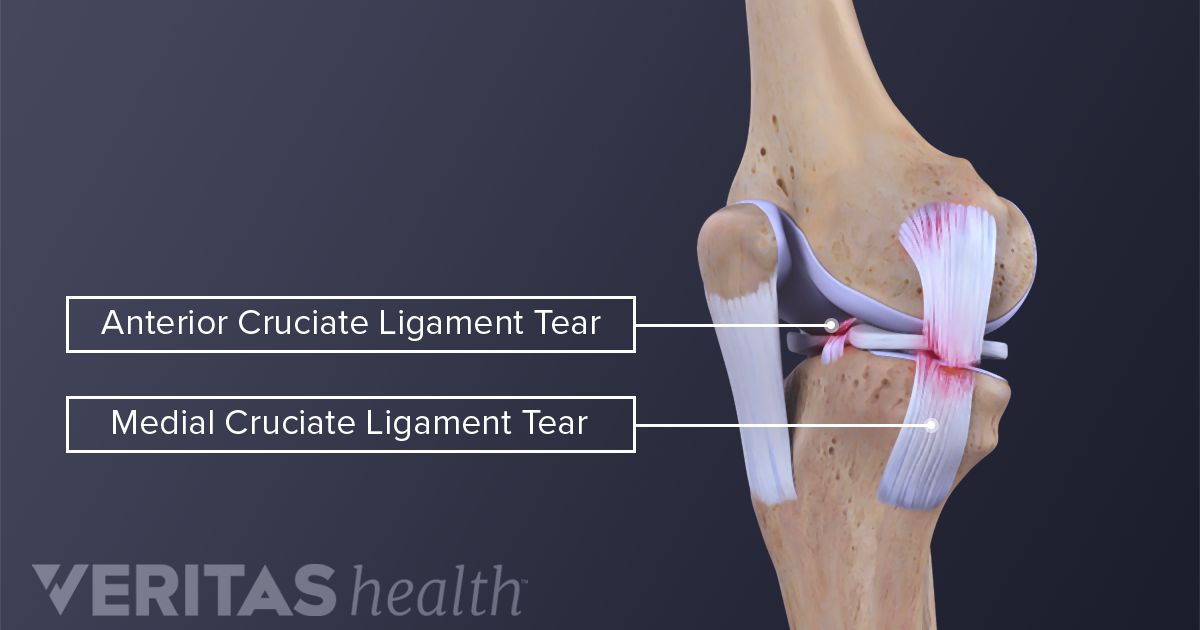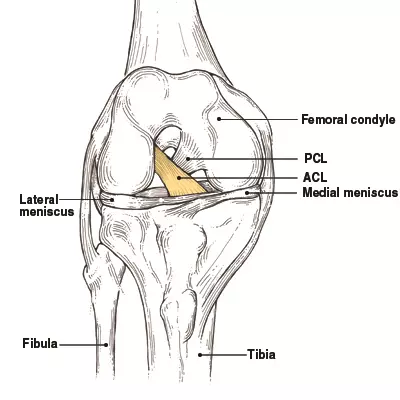

Poor range of motion and movement in the affected leg (can’t bend knee).Swelling is almost immediate (within a few hours).Instability in the affected leg/ the feeling your knee is “giving out” (feeling like you’d stumble or fall if you tried to walk).

Cannot weight bear on the affected leg.Can’t continue the activity you were engaged in.An audible “pop” sound or the feeling of something “popping” in your knee.you could have some of these symptoms with a sprain or another injury). None of these signs and symptoms are isolated to just ACL tears (e.g.Signs and symptoms of an ACL Tear include: Tearing your ACL comes with a unique set of signs and symptoms that indicate you’ve torn it. Tearing your ACL takes more force and is usually more severe in nature. You can sprain your ACL just like you can sprain other tendons or muscles in your knee. Almost always with an ACL injury, it’s a dramatic moment that you can trace back to. If it was a slow onset of knee pain, decreased motion over time, and a “grinding” sort of worsening pain, it may not be an ACL tear. First and foremost, you should ask yourself how the injury happened.

There are some tell-tale signs that a knee injury is specifically an ACL issue. How Do I Know That I’ve Torn My ACL and Not Just Hurt My Knee?
Receiving a direct blow to the knee or collision (like in hockey). Landing from a jump wrong (like in volleyball). Pivoting with your foot firmly planted (like in basketball). Slowing down and changing direction (like in a football play). Here’s a cheat-sheet of how most ACL tears happen: Majority of these injuries happen without any contact from an object or another person on the field. ACLs get torn when there are sudden movement changes, quick pivots of direction, landing a jump, or if hit directly on the knee. Most ACL injuries happen during team sports or other physical activity. If you’re an athlete engaging in high-intensity sports (like volleyball, soccer, basketball) your odds of tearing your ACL are much higher than a gamer, chess-player, or idle office-worker. These high-action, sporadic movements are most repeated by athletes. Why are athletes more likely to tear their ACL? ACL tears are usually caused by sudden movement changing, pivots, landing from a jump etc. The disparity in muscle strength between the thigh and hamstring can create the perfect environment for an ACL tear. The hamstring is a muscle that helps prevent the shinbone from moving too far forward which can overextend the ACL. The front of the thigh is often stronger than the hamstring. Sound like you?įemale athletes have a greater imbalance of muscle strength in their thighs and hamstrings. Sorry, sporty girls!ĪCL injuries are seen among “ athletes in football, basketball, soccer, rugby, wrestling, gymnastics and skiing“. Your odds are most likely if you’re a young, female, athlete. In this demographic, women are more likely to tear their ACL. Most people that tear their ACL are between the ages of 14-35. If you’ve torn your ACL, chances are you’re younger. The ACL connects to the thighbone (femur) and shinbone (tibia). The ACL (making up part of the “X’ pattern) runs diagonally across the middle of the knee. The ACL and the posterior cruciate ligament (PCL) form an “X” pattern that support and stabilizes the knee, allowing for side-to-side and back-to-front motion. The anterior cruciate ligament (ACL) is one of four main ligaments that makes up the knee. Before we get into it, please know that this is a very treatable injury and that by investing some time into your health, you will get back to your old self.īefore we get started, let’s explain… Where is the ACL (Anterior Cruciate Ligament)? Read on as we break down the basics of ACL injury, how it happens, signs you’ve torn it, and what your prognosis and treatments are. If you’ve just injured your ACL and are in research-mode, you’ve come to the right place. Whether the “pop” sound gave it away or the wave of sharp pain that followed, it’s a surprising and unfortunate injury. Chances are as soon as your tore your ACL, you immediately knew that something was very wrong. Tearing your ACL, like breaking a bone, usually results in a very sudden “uh oh”. Tearing your ACL is as scary as it is painful.







 0 kommentar(er)
0 kommentar(er)
